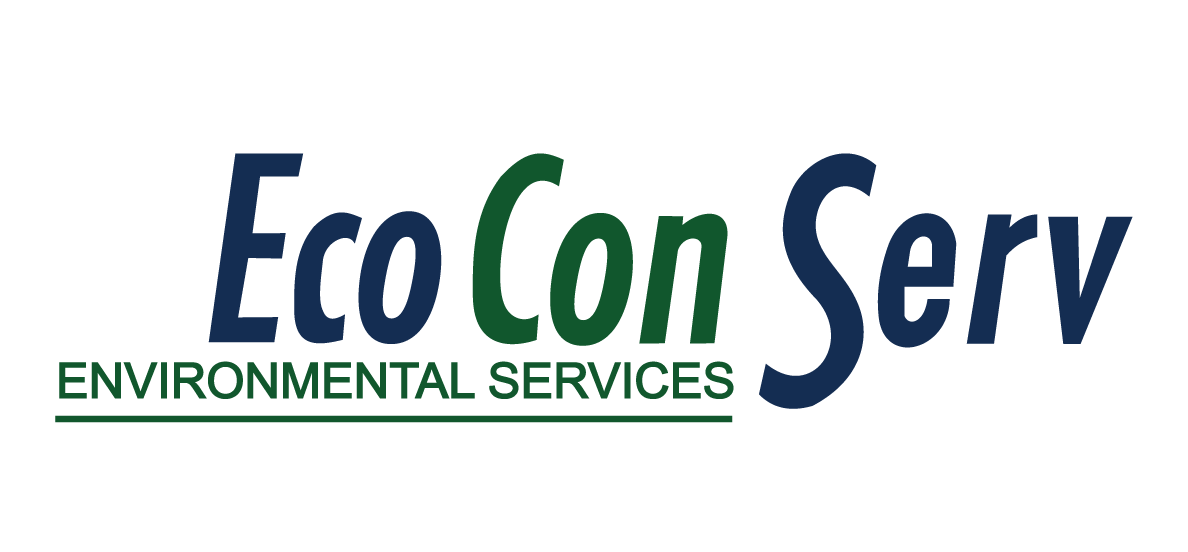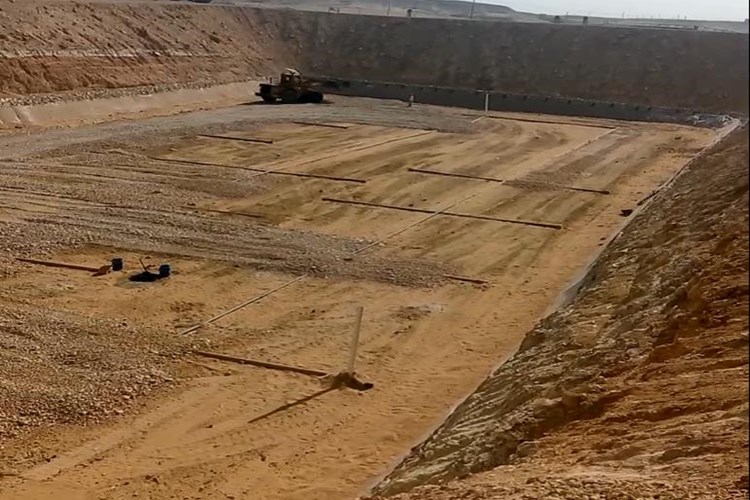Medical Waste Incineration: A Critical Component of Healthcare Waste Management
Medical waste incineration is a vital method for managing and disposing of waste generated by healthcare facilities, such as hospitals, clinics, laboratories, and research institutions. This process involves the controlled burning of medical waste at high temperatures, effectively reducing its volume and destroying potentially harmful pathogens and hazardous materials. As medical waste poses significant risks to public health and the environment, incineration remains a key technology for ensuring its safe disposal.
1. Understanding Medical Waste
Medical waste refers to any waste generated in the diagnosis, treatment, or immunization of humans and animals, or in research related to these activities. This waste can be broadly categorized into several types:
– Infectious Waste: Includes materials contaminated with blood, body fluids, or other potentially infectious agents, such as used syringes, bandages, and cultures.
– Pathological Waste: Consists of human tissues, organs, and body parts removed during surgery or autopsy.
– Sharps Waste: Refers to needles, scalpels, and other sharp objects that can cause injury and carry infectious agents.
– Pharmaceutical Waste: Includes expired, unused, or contaminated drugs and vaccines.
– Chemical Waste: Encompasses chemicals used in laboratories, disinfectants, and solvents.
– Radioactive Waste: Generated from nuclear medicine procedures and medical research, containing radioactive isotopes.
Given the hazardous nature of these wastes, proper treatment and disposal are essential to prevent the spread of disease, contamination of the environment, and harm to healthcare workers and the public.
2. The Role of Incineration in Medical Waste Management
Medical waste incineration is one of the most effective methods for treating and disposing of healthcare waste. The process involves burning waste at high temperatures, typically between 850°C and 1100°C (1562°F and 2012°F), to achieve complete combustion and destruction of harmful substances.
Key Benefits of Medical Waste Incineration:
– Pathogen Destruction: High temperatures destroy bacteria, viruses, and other pathogens, making the waste biologically inert and safe for disposal.
– Volume Reduction: Incineration reduces the volume of waste by up to 90%, significantly decreasing the amount of waste that needs to be managed and disposed of in landfills.
– Toxicity Reduction: The process can neutralize or destroy hazardous chemicals and pharmaceuticals, preventing their release into the environment.
– Energy Recovery: In some cases, the heat generated from incineration can be harnessed to produce energy, making the process more sustainable.
3. The Incineration Process
The incineration process typically involves the following steps:
– Waste Segregation: Medical waste is first segregated to separate non-incinerable materials, such as metals and glass, from those that can be safely incinerated.
– Pre-treatment: Some waste may undergo pre-treatment, such as shredding, to reduce its size and enhance combustion efficiency.
– Primary Combustion: The waste is introduced into the primary combustion chamber, where it is burned at high temperatures. This stage converts the waste into gases, ash, and heat.
– Secondary Combustion: The gases produced in the primary chamber are burned again in a secondary chamber at an even higher temperature to ensure complete combustion and minimize the release of harmful emissions.
– Flue Gas Treatment: The flue gases produced during incineration are treated to remove pollutants, such as particulate matter, acid gases, dioxins, and furans. Advanced air pollution control systems, including filters, scrubbers, and catalytic converters, are used to ensure that emissions meet environmental standards.
– Ash Handling: The residual ash, which may contain heavy metals and other contaminants, is collected and treated before being disposed of in a secure landfill.
4. Environmental and Health Considerations
While incineration is effective in managing medical waste, it also raises concerns about its environmental and health impacts, particularly related to air emissions and ash disposal.
– Air Emissions: The combustion of medical waste can produce emissions, including carbon dioxide (CO2), particulate matter, and toxic pollutants such as dioxins and furans. These emissions can contribute to air pollution and pose health risks if not properly controlled. Modern incinerators are equipped with advanced emission control technologies to minimize these risks and ensure compliance with stringent environmental regulations.
– Ash Disposal: The ash produced by incineration may contain hazardous substances, such as heavy metals, that require careful handling and disposal in secure landfills to prevent soil and groundwater contamination.
5. Regulatory Framework and Standards
Medical waste incineration is subject to a comprehensive regulatory framework designed to protect public health and the environment. Key regulations and guidelines include:
– The Clean Air Act (CAA): In the United States, the CAA sets limits on air emissions from incineration facilities, including medical waste incinerators. Facilities must use Best Available Control Technology (BACT) to minimize emissions and comply with National Emission Standards for Hazardous Air Pollutants (NESHAP).
– The Resource Conservation and Recovery Act (RCRA): RCRA governs the disposal of hazardous waste, including the ash produced by medical waste incineration. It sets standards for the management, transportation, and disposal of hazardous waste to prevent environmental contamination.
– World Health Organization (WHO) Guidelines: The WHO provides international guidelines for the safe management and disposal of healthcare waste, including recommendations on incineration practices and emissions control.
6. Alternatives to Incineration
While incineration is widely used, there are alternative methods for treating medical waste that may be more appropriate in certain contexts:
– Autoclaving: Uses steam and pressure to sterilize infectious waste, rendering it safe for disposal in landfills. Autoclaving is energy-efficient and produces no air emissions, but it is not suitable for all types of medical waste, such as chemical or pharmaceutical waste.
– Microwave Treatment: Involves using microwave radiation to heat and disinfect medical waste. This method is effective for certain types of waste but may require shredding and pre-treatment.
– Chemical Disinfection: Involves treating waste with chemical disinfectants to destroy pathogens. This method is typically used for liquid waste and certain solid wastes but may produce hazardous by-products.
7. The Future of Medical Waste Incineration
The future of medical waste incineration will likely be shaped by advances in technology and increasing emphasis on sustainability. Key trends include:
– Improved Emission Control: Ongoing development of air pollution control technologies will continue to reduce the environmental impact of incineration, making it a cleaner option for medical waste disposal.
– Energy Recovery and Waste-to-Energy (WTE): The integration of energy recovery systems into incineration facilities will enhance their sustainability by converting waste into usable energy.
– Innovative Alternatives: As new technologies emerge, alternative methods for treating medical waste, such as plasma gasification and advanced autoclaving, may complement or replace traditional incineration in some settings.
Medical waste incineration is a critical tool in healthcare waste management, offering a reliable method for reducing the volume and hazard of medical waste. While it presents environmental challenges, advances in technology and regulation are helping to mitigate these impacts, ensuring that incineration remains a safe and effective option for managing the diverse and potentially dangerous waste generated by healthcare activities. As the industry evolves, ongoing innovation and commitment to environmental responsibility will be essential in shaping the future of medical waste incineration.
Related Tips & Advices
Feb 2020 – El Masreya Hazardous and Non-hazardous Waste Home / Tips & News Feb 2020 – El Masreya…
Medical Waste Ash: Challenges and Management Strategies Home / Tips & News Medical Waste Ash: Challenges and Management Strategies…
The Complexities and Controversies of Incineration Hazardous Waste Home / Tips & News Incineration hazardous waste, or incineration, is…




